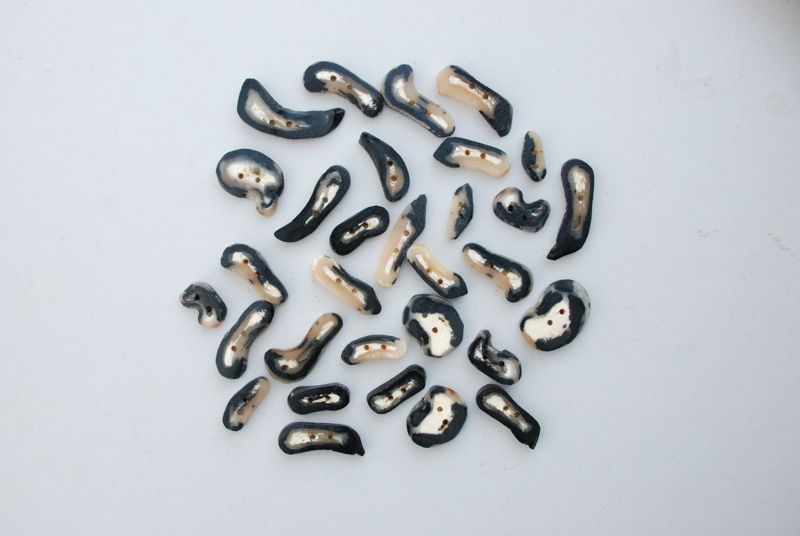Wow! Look at that grass!

This photo was taken a few years ago in early February.

Here is another that shows the edge of the pasture.

This is the same field as in the first photo and the larger pasture is in the background. Why the difference? No rain.
The Central Valley of California has a Mediterranean climate--hot, dry summers and cool, wet winters. We count on the winter rains (and snow in the mountains), starting some time in October or November and continuing through April or May (and last year, into June) to fill reservoirs, replenish aquifers, and to grow grass. Normally the annual grasses start growing when it rains in the fall and when it gets warmer in the spring the grass growth takes off and we get the kind of growth as seen in that first photo. The annual grasses dry out in the spring, but can still provide feed through the summer when properly managed. The cycle starts over with the next fall rains.
I have irrigated pasture. I usually have the best of two worlds. I take advantage of that lush spring growth of annual plants...

...but I start irrigated in May or June. Through the summer, when livestock on dry land eat dry feed, my sheep eat perennial forages that include clovers and birdsfoot trefoil.



The perennial plants drastically slow their growth in the winter but rely on winter rain to grow strong root systems and be ready to support new growth in the summer. Look at the next photo taken two weeks ago.

Annual grasses that germinated after the good rain in November have since died. Some plants are still trying valiantly to hang on but there is virtually no growth. The dry grass in this photo is the remnants of the late summer growth of less desirable yellow foxtail and bermudagrass.

This photo is behind the barn. That clump of grass in the foreground is under the place where any moisture (fog, dew) drips off the roof. Had there been normal rainfall the whole place would look like that.

Let's hope we see the rain that has been promised for this week so we can look forward to this scene soon.



























































































































